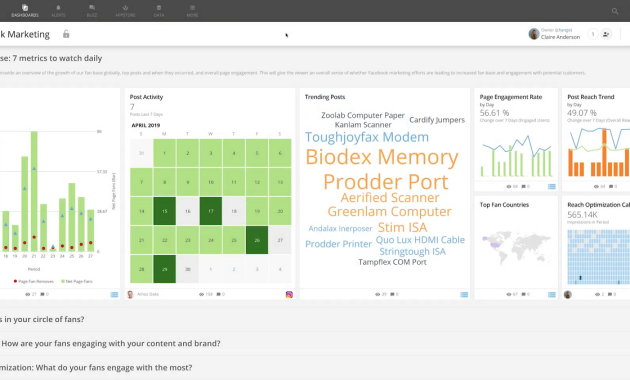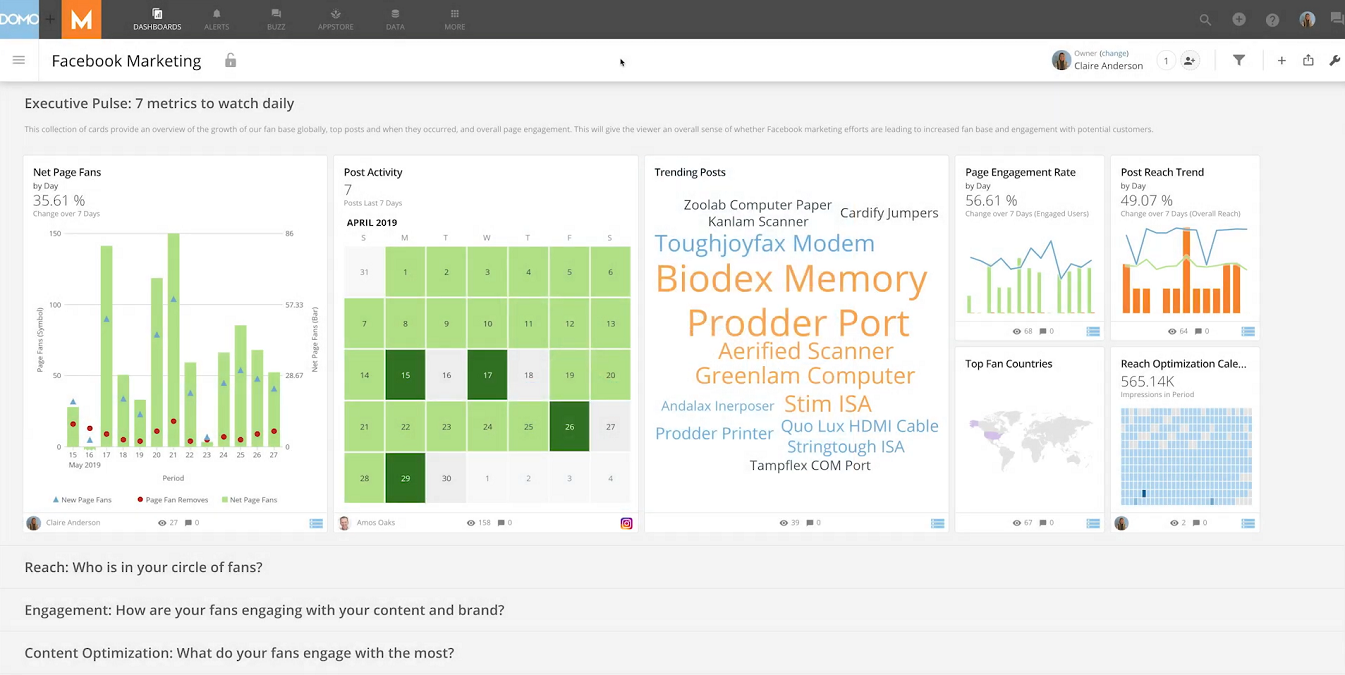
How to Improve Business Intelligence Software: Real-World Examples and Best Practices
Business Intelligence (BI) software is an essential tool for modern businesses. It empowers data-driven decision-making. Companies use it to analyze data, identify trends, and gain insights. However, the effectiveness of BI software depends on its implementation and optimization. This article explores how to improve business intelligence software, providing real-world examples and best practices. The focus is on enhancing its value for organizations.
Understanding the Core of Business Intelligence Software
At its core, BI software transforms raw data into actionable information. It does this through various processes. These include data collection, data warehousing, and data analysis. The software then visualizes the data. This helps users understand complex information quickly. The goal is to improve decision-making at all levels. Effective BI software provides a clear view of business performance. It also identifies areas for improvement and growth. Choosing the right software is a crucial first step.
Key Features of Effective BI Software
Successful BI software includes several key features. These features contribute to its overall effectiveness. They allow businesses to leverage data effectively. These features include:
- Data Integration: The ability to connect to various data sources. This includes databases, cloud services, and spreadsheets.
- Data Visualization: Tools to create charts, graphs, and dashboards. This makes data easier to understand.
- Reporting and Analytics: Features for generating reports and performing in-depth analysis.
- Data Security: Robust security measures to protect sensitive data.
- User-Friendly Interface: An intuitive interface. This allows users of all technical levels to navigate the software.
Real-World Examples of BI Software Improvement
Several companies have successfully improved their BI software. They have leveraged its capabilities for better decision-making. These examples highlight effective strategies. They also show the impact of BI software on business outcomes. They showcase the power of well-implemented BI solutions.
Example 1: Retail Company Optimizing Inventory Management
A large retail company struggled with inventory management. They faced issues with overstocking and stockouts. They implemented BI software to analyze sales data. This helped them identify demand patterns. They used predictive analytics to forecast future needs. This improved inventory levels. The company reduced carrying costs. They also improved customer satisfaction by ensuring product availability. The BI software offered real-time visibility. It also provided actionable insights. These insights facilitated better decision-making.
Example 2: Healthcare Provider Improving Patient Care
A healthcare provider used BI software to analyze patient data. They focused on improving patient care. The software helped identify trends in patient outcomes. It also highlighted areas for improvement in treatment protocols. The provider implemented a new BI system. This system was specifically designed for healthcare needs. The software helped them track key performance indicators (KPIs). These indicators included readmission rates and patient satisfaction. This data-driven approach improved patient care. It also enhanced operational efficiency. BI software provided valuable insights.
Example 3: Financial Institution Enhancing Fraud Detection
A financial institution used BI software to enhance fraud detection. They analyzed transaction data to identify suspicious patterns. The software used machine learning algorithms. These algorithms detected fraudulent activities in real-time. The institution reduced financial losses. They also improved customer trust. The software provided detailed reporting. This reporting offered a comprehensive view of fraud trends. The financial institution’s investment in BI paid off. It increased security and operational efficiency. It showed how to improve business intelligence software.
Best Practices for Improving Business Intelligence Software
Improving BI software requires a strategic approach. Several best practices can significantly enhance its effectiveness. These practices ensure optimal performance. They also maximize the value derived from the software. These practices focus on data quality, user training, and continuous improvement.
- Ensure Data Quality: Data quality is paramount. Implement robust data cleansing processes. Validate data regularly. This ensures accurate and reliable insights. Inaccurate data leads to flawed decisions.
- Focus on User Training: Provide comprehensive training to all users. This ensures they can effectively use the software. Training should cover all features. It should also explain how to interpret the data.
- Customize Dashboards and Reports: Tailor dashboards and reports to meet specific business needs. Make them easily accessible. This improves user engagement. It also facilitates data-driven decision-making.
- Prioritize Data Security: Implement strong security measures to protect sensitive data. This includes encryption and access controls. Regular security audits are essential.
- Foster a Data-Driven Culture: Encourage a culture of data-driven decision-making. Promote the use of BI software across the organization. This empowers employees. It also encourages them to use data to improve their performance.
- Regularly Evaluate and Update: Regularly evaluate the performance of the BI software. Identify areas for improvement. Update the software to keep it current. This ensures it continues to meet business needs.
- Integrate with Other Systems: Integrate the BI software with other business systems. This provides a holistic view of business operations. It also allows for seamless data sharing.
- Use Advanced Analytics: Explore advanced analytics techniques. These include predictive analytics and machine learning. They can uncover deeper insights. They can also improve decision-making.
The Role of Data Quality in BI Software Improvement
Data quality is a critical factor in BI software improvement. Without high-quality data, the insights generated will be unreliable. It is essential to invest in data quality initiatives. These initiatives help ensure the accuracy, completeness, and consistency of data. Clean and accurate data is the foundation of effective BI. Data quality directly impacts the usefulness of BI software. It is a key component of any strategy. This is how to improve business intelligence software successfully.
Selecting the Right BI Software
Choosing the right BI software is crucial for success. Consider the specific needs of the business. Assess the software’s features and capabilities. Evaluate its ease of use. Also, consider the vendor’s reputation and support. Research and compare different BI tools. This will help you find the best fit. Selecting the right software is the first step. It sets the stage for successful BI implementation.
The Future of Business Intelligence Software
The future of BI software is promising. Emerging technologies are set to revolutionize the field. These include artificial intelligence and machine learning. They will enhance data analysis. They will also provide more actionable insights. Cloud-based BI solutions are becoming more popular. They offer scalability and flexibility. The evolution of BI software will continue. It will provide businesses with powerful tools. These tools empower them to make data-driven decisions. The ongoing development helps to improve business intelligence software.
Conclusion: Maximizing the Value of BI Software
Improving business intelligence software is an ongoing process. It requires a strategic approach. Businesses can significantly improve their decision-making. They can also drive better business outcomes. This can be achieved through several steps. They include focusing on data quality, user training, and continuous improvement. The real-world examples demonstrate the transformative potential of BI. By following these best practices, organizations can unlock the full potential of their BI software. This maximizes its value and drives business success. Implement these strategies. They demonstrate how to improve business intelligence software.
[See also: Related Article Titles]

